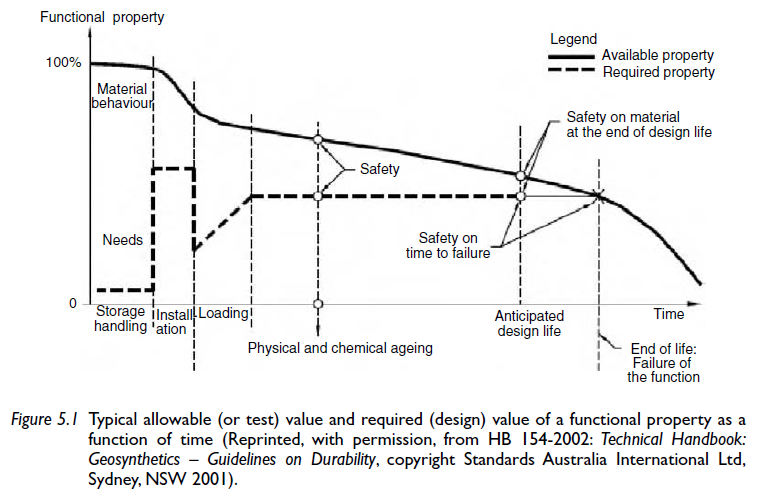Jatego
Civil/Environmental
- Jan 23, 2016
- 3
Hi everyone,
Regarding the input of Bond Strenght values for Soil Nails PullOut strenght on software Slide from Rocscience... should I consider the ULTIMATE bond strenght(qu) or the ALLOWED bond strenght(qu x FoS) as the required input?
Thanks so much for your help.
Xavier
Regarding the input of Bond Strenght values for Soil Nails PullOut strenght on software Slide from Rocscience... should I consider the ULTIMATE bond strenght(qu) or the ALLOWED bond strenght(qu x FoS) as the required input?
Thanks so much for your help.
Xavier

